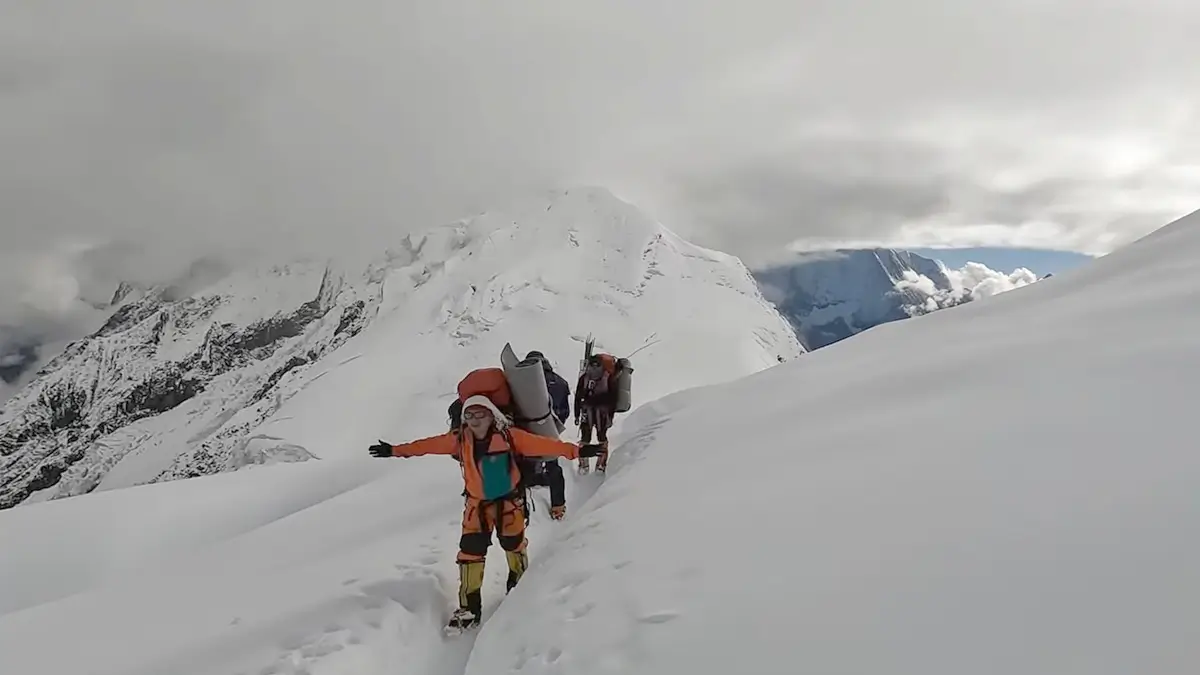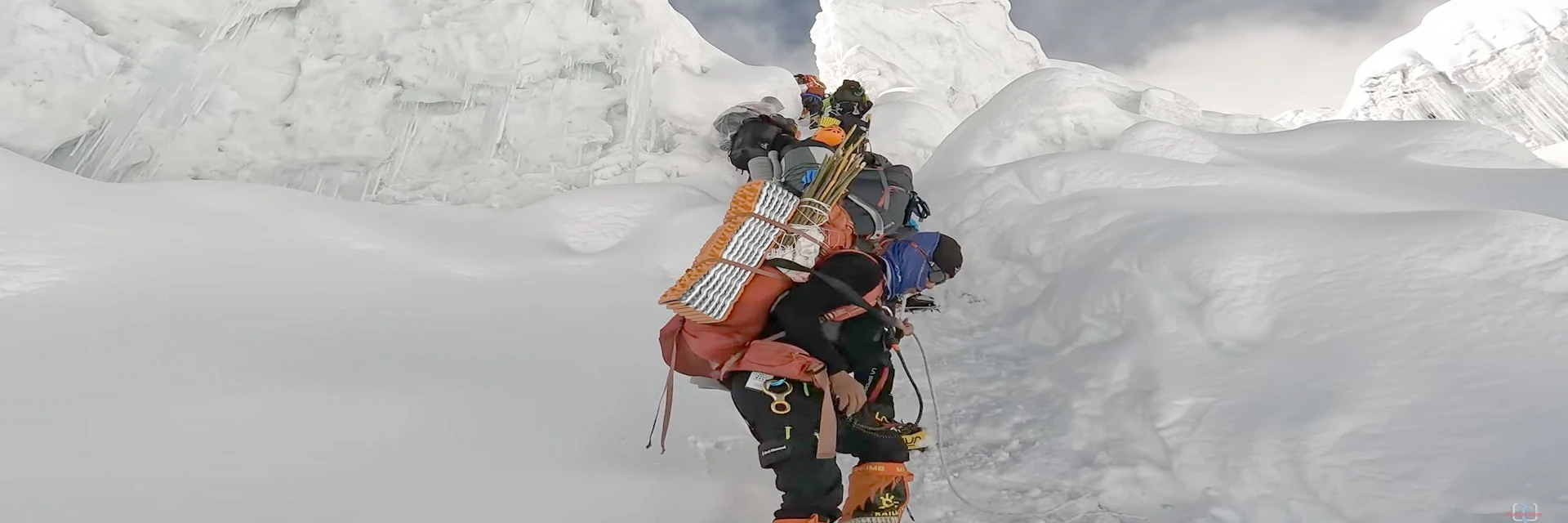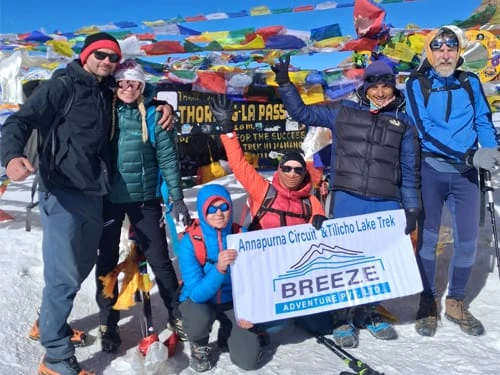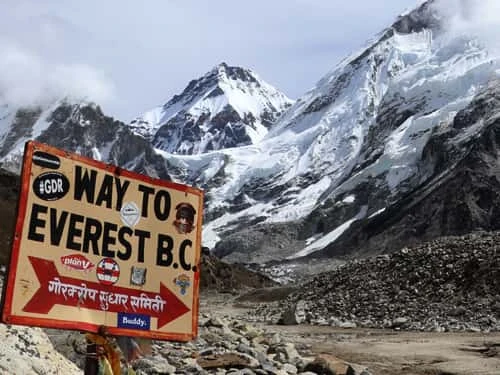History of Mount Everest Climbs Without Oxygen

The first successful climb of Everest without oxygen was achieved in 1978 by Reinhold Messner and Peter Habeler. Their ascent shocked the world, as many scientists at the time believed the human body could not survive at that altitude without supplemental oxygen.
Two years later, Messner returned alone and made the first solo ascent of Everest without oxygen, securing his legendary status. Another name forever tied to oxygen-free climbing is Ang Rita Sherpa, nicknamed The Snow Leopard. He summited Everest 10 times without bottled oxygen, a record that remains beyond compare.
In the modern era, climbers like Ed Viesturs and Kilian Jornet have also pushed the limits, proving that while rare, oxygen-free climbs are still possible with extraordinary preparation.
List of Famous Climbers Who Summited Everest Without Oxygen
While there are many names, only a few stand out for their extraordinary achievements:
- Reinhold Messner & Peter Habeler (1978) – First climbers to summit Everest without oxygen.
- Reinhold Messner (1980) – First solo climb of Everest, without oxygen.
- Ang Rita Sherpa (1983–1996) – Summited Everest 10 times without oxygen, earning the title “The Snow Leopard.”
- Ed Viesturs (1990) – The only American to climb all 14 of the world’s 8,000m peaks without oxygen, including Everest.
- Krzysztof Wielicki (1980) – Notable Polish climber who summited Everest without oxygen.
- Kilian Jornet (2017) – Spanish mountaineer who summited Everest twice in one week without oxygen, and without fixed ropes.
These climbers represent the absolute elite of high-altitude mountaineering. Their names are legendary because oxygen-free ascents are so rare and dangerous.
Why Do Climbers Attempt Mount Everest Without Oxygen?
The motivation behind such dangerous chasing lies in the philosophy of “pure mountaineering”. Many climbers believe that relying on bottled oxygen diminishes the authenticity of the climb. For them, reaching the summit without oxygen is the ultimate demonstration of skill, strength, and respect for the mountain.
Other reasons include:
- Prestige and recognition: Oxygen-free ascents are far more respected in the climbing community.
- Personal challenge: For elite climbers, Everest with oxygen is achievable; without it, it’s the pinnacle of human endurance.
- Minimalism: Carrying oxygen tanks adds weight and logistics. Some climbers see going without as a simpler, purer approach.
But make no mistake: the decision comes with extraordinary risk.
The Dangers of Climbing Mount Everest Without Oxygen
Climbing Everest is dangerous even with oxygen. Without it, the risks multiply:
- The Death Zone (above 8,000m): Oxygen levels drop to one-third of sea level, making survival extremely difficult.
- Hypoxia: Lack of oxygen can cause confusion, poor decision-making, and hallucinations.
- High Altitude Pulmonary Edema (HAPE): Fluid buildup in the lungs makes breathing almost impossible.
- High Altitude Cerebral Edema (HACE): Swelling of the brain can cause loss of coordination, coma, and death.
- Frostbite and exhaustion: The body weakens quickly, leading to life-threatening conditions.
The combination of extreme cold, thin air, and physical exhaustion makes oxygen-free climbs a near-suicidal mission for most people.
Survival Rate of Mount Everest Climbers Without Oxygen
Statistics highlight just how dangerous oxygen-free climbing is. According to mountaineering records:
- Over 6,000 climbers have summited Everest since 1953, but fewer than 200 have done so without oxygen.
- Roughly 3–4% of Everest summits are oxygen-free.
- Death rates are significantly higher among no-oxygen climbers. Some studies show the risk of death is up to 10 times greater compared to those using supplemental oxygen.
In short, climbing Everest without oxygen is not just difficult, it’s deadly.
Physical and Mental Requirements for Everest Without Oxygen
Only the most elite climbers should even consider Everest without oxygen. The requirements include:
- Peak physical fitness: A climber must have exceptional cardiovascular endurance, lung capacity, and a strong VO₂ max.
- High-altitude experience: Prior ascents of 7,000m and 8,000m peaks without oxygen are essential for training the body.
- Mental toughness: The ability to make rational decisions under oxygen deprivation is crucial. Many accidents occur because climbers become disoriented or refuse to turn back.
- Acclimatization strategy: Spending weeks gradually adapting to higher camps is key to survival.
This is not an adventure for ambitious amateurs; it is reserved for the world’s most seasoned mountaineers.
How Long Does It Take to Climb Mount Everest Without Oxygen?
A typical Everest expedition lasts 6 to 9 weeks, whether or not climbers use bottled oxygen. But oxygen-free climbers often spend more time acclimatizing.
- Trek to Everest Base Camp: 7–10 days
- Acclimatization rotations: 3–4 weeks, moving between higher camps
- Summit push: 4–7 days, depending on weather and strategy
During the summit push, oxygen-supported climbers may move faster. Those without oxygen often need longer rest breaks and proceed with extreme caution. Even then, the window for survival is small.
Best Season to Climb Mount Everest Without Oxygen
Weather plays a crucial role in survival. The best time to climb Everest without oxygen is during stable weather windows in:
- Pre-monsoon (April–May): The most popular season with warmer temperatures and longer summit windows.
- Post-monsoon (September–October): Less crowded but colder, with shorter windows.
Even small storms can be deadly for climbers without oxygen, making precise timing critical.
Rainbow Valley: The Tragic Side of Everest Without Oxygen

The well-known Rainbow Valley on Mount Everest is a scaring reminder of the dangers of climbing without oxygen. Located near the summit in the Everest Death Zone, it is filled with the brightly colored jackets of fallen climbers.
Many of these bodies belong to climbers who ran out of oxygen or attempted the summit without oxygen. Because recovery is nearly impossible at such altitudes, Rainbow Valley has become a permanent graveyard.
For those considering Everest without oxygen, this valley is a sharp warning of what can go wrong.
Who Should Attempt Everest Without Oxygen?
Simply put: only elite climbers with years of high-altitude experience should attempt Everest without supplemental oxygen.
- Professional mountaineers and Sherpas with a proven track record on 8,000m peaks
- Climbers with extensive acclimatization experience and world-class physical fitness
- Those willing to accept the risk of death as part of the challenge
For ordinary climbers and adventure seekers, oxygen is not just recommended—it is essential.
Conclusion
Climbing Mount Everest without oxygen is one of the most dangerous feats in human history. Out of thousands who dream of standing on the world’s highest peak, only a handful dare to attempt it without artificial support.
It is a test of absolute endurance, mental strength, and human willpower, but it comes with the highest price. For most climbers, bottled oxygen is the difference between life and death.
For the elite few, however, climbing Everest without oxygen remains the ultimate life-threatening dare worth taking.
Most Asked Questions - Climbing Mount Everest Without Oxygen
Who was the first person to climb Mount Everest without oxygen?
Reinhold Messner and Peter Habeler were the first to reach the summit without oxygen in 1978, proving that it was humanly possible.
How dangerous is climbing Mount Everest without supplemental oxygen?
It is extremely dangerous. In the Death Zone (above 8,000 meters), the oxygen level is too low for the body and brain to function normally.
The chances of dying are 5–10 times higher compared to climbers who use oxygen bottles.
Why do some climbers attempt Mount Everest without oxygen bottles?
They want to climb in the “purest” way possible, push human limits, and gain recognition for one of the toughest challenges in mountaineering.
How many climbers have summited Everest without oxygen?
Climbing Mount Everest without bottled oxygen is one of the rarest achievements in mountaineering. While more than 6,000 climbers have successfully reached the summit with oxygen, fewer than 200 people in history have managed to do so without it. This means that only around 3–4% of all Everest summits have been oxygen-free.
The risk is so high that for every climber who succeeds, several have died attempting the same feat. These statistics highlight why climbing Everest without oxygen is considered the ultimate challenge in high-altitude mountaineering.
Can beginners climb Mount Everest without oxygen?
No. Only highly trained and experienced mountaineers should even consider it. For beginners, it is far too risky.
What happens to the human body without oxygen at high altitude?
Without enough oxygen, climbers may suffer from confusion, extreme fatigue, fluid in the lungs, brain swelling, and organ failure.
Is it possible to survive in the Everest Death Zone without oxygen?
Yes, but only for a short time. Most people can last less than 48 hours in the Death Zone without bottled oxygen.
How long can climbers stay on Everest without oxygen support?
Only for very short periods. The longer someone stays without oxygen, the higher the chance of serious injury or death.
Which season is best for climbing Mount Everest without oxygen?
The pre-monsoon season (April–May) is the safest and most popular time because the weather is more stable.
Do Sherpas climb Mount Everest without oxygen?
Yes. Some legendary Sherpas, like Ang Rita Sherpa, climbed Everest many times without oxygen.
What training is required to climb Mount Everest without oxygen?
Years of high-altitude climbing experience, excellent physical fitness, strong lungs, and mental toughness are all required.
Why is Rainbow Valley on Mount Everest linked to no-oxygen climbs?
Many climbers attempting Everest without oxygen have died in this area. Their bodies remain there, giving Rainbow Valley its name.
How much does it cost to climb Mount Everest without oxygen?
An expedition can cost between $35,000 and $70,000 or more, depending on the company and support services.
What makes climbing Everest without oxygen different from using oxygen?
Without oxygen, the climb is much harder and far more dangerous. The risk of death is significantly higher, which makes it one of the toughest challenges on Earth.
Some relevant topics regarding Everest climbing are:






